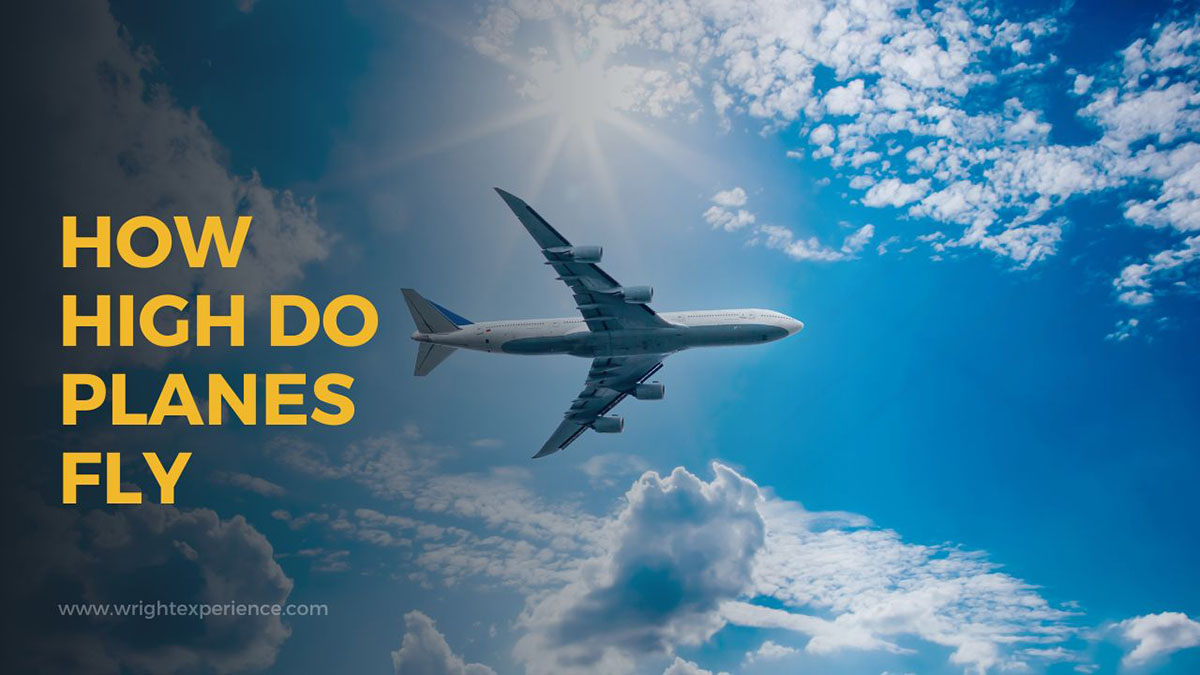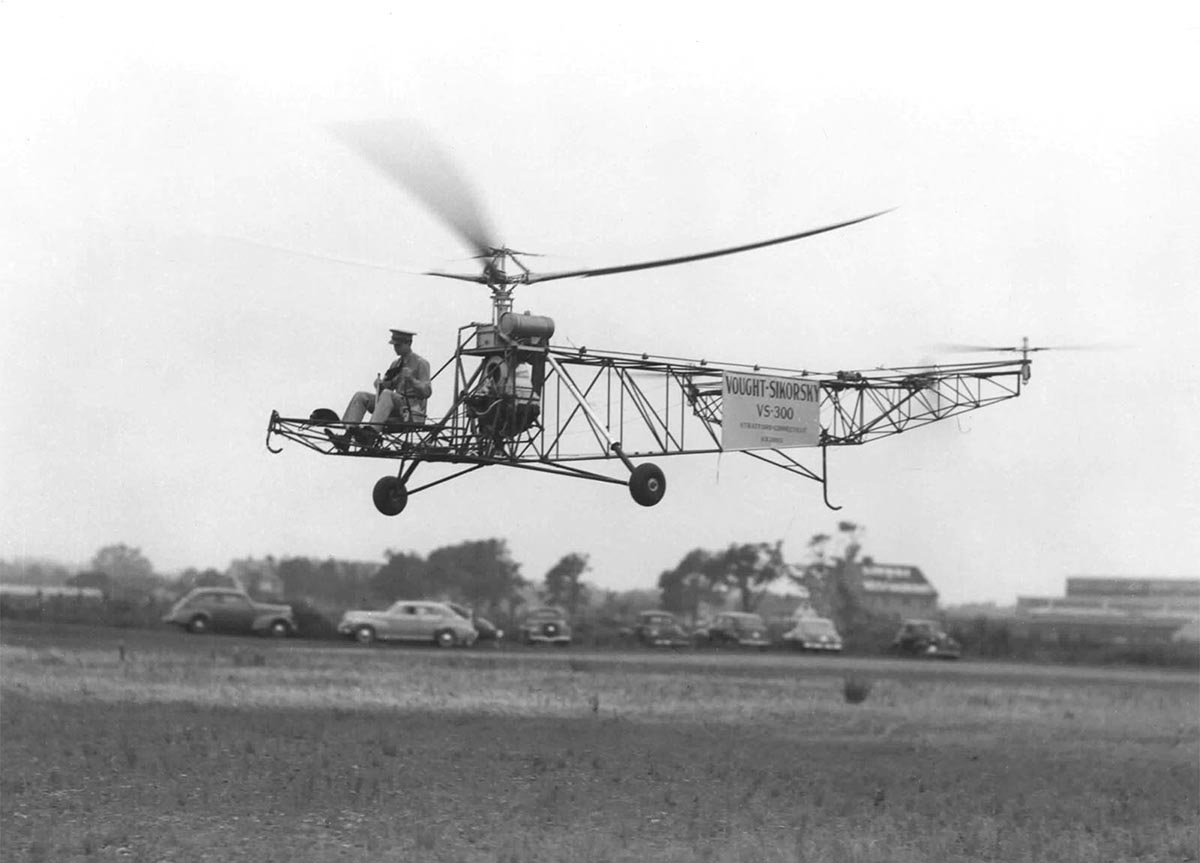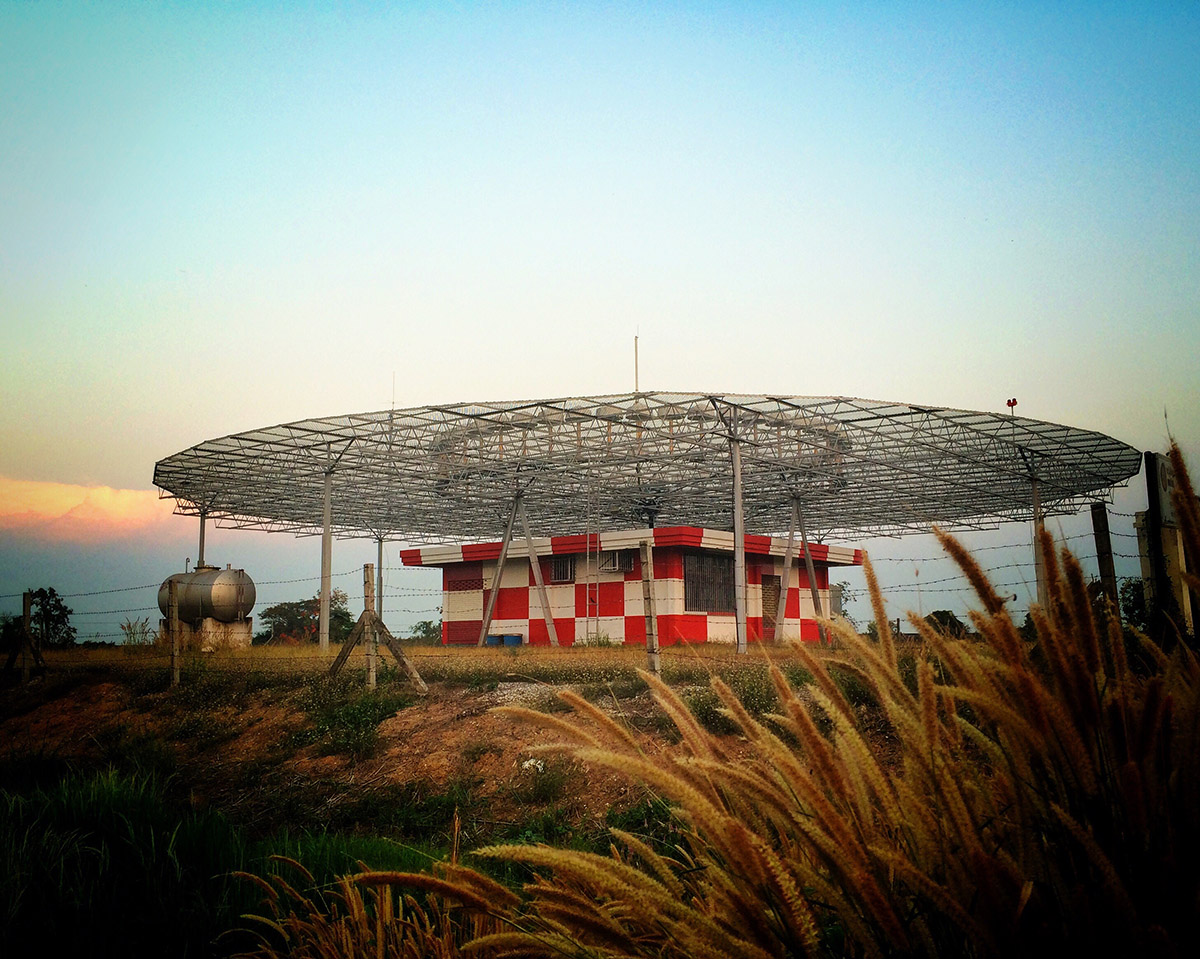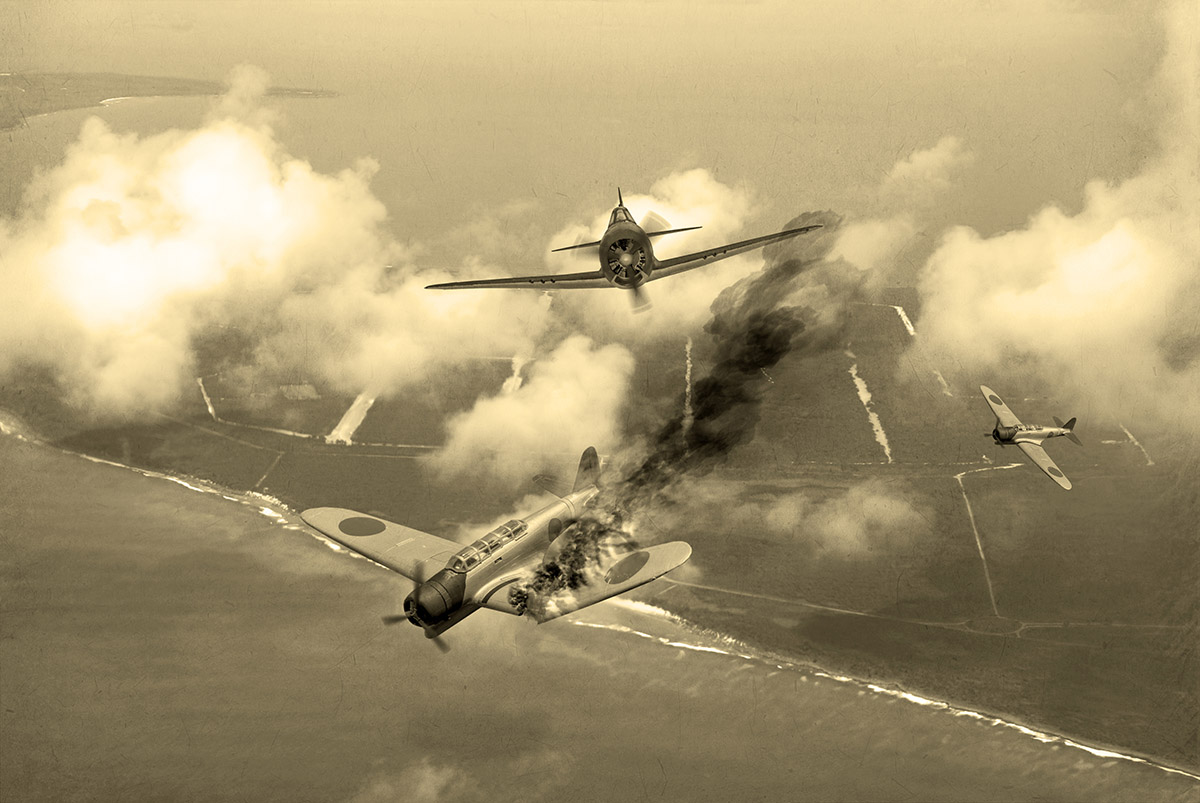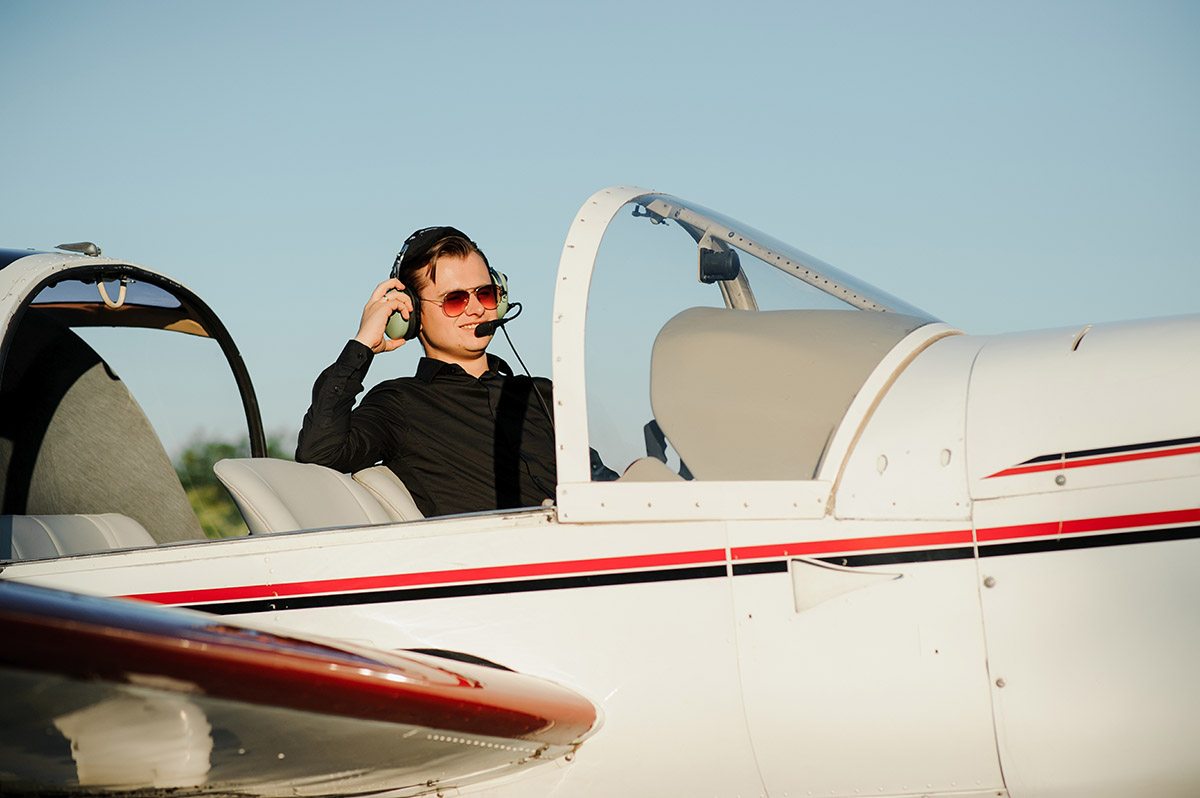Millions of people travel over the sky daily, using it as a highway as planes travel through the atmosphere at different heights. Have you ever wondered how high airplanes fly? We’ll solve the puzzles around aviation heights and investigate the variables that affect aircraft altitude.
In this article:
How High Can A Plane Fly?
Most commercial aircraft models typically cruise at altitudes ranging from 33,000 to 42,000 feet, or around 6 and almost 8 miles above sea level. This aeroplane’s flying height translates to around 10-13 km. A typical airplane cruises at an altitude of 35,000 or 36,000 feet. To make things easier to imagine, the elevation of Mount Everest’s summit is 29,029 feet.
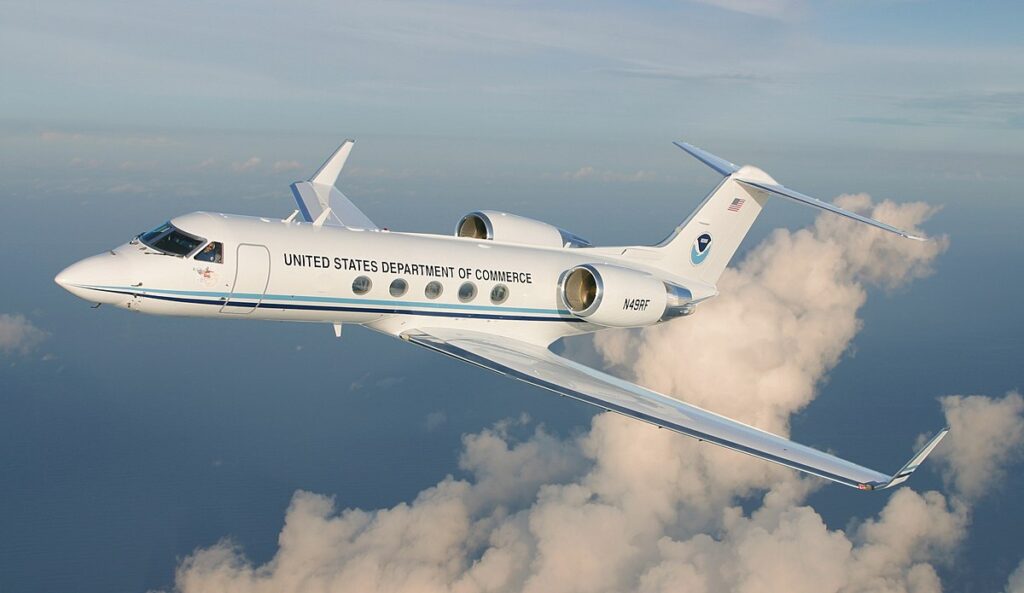
Smaller private aircraft will often fly at lower altitudes, below 15,000 feet, regardless of whether they are flown for profit. Their inability to achieve the same heights is typically caused by the kind of engine they have.
Why Planes Fly At Their Cruising Altitude
Fuel Economy
Fuel efficiency is the primary driver behind flying at greater altitudes. Because the airplane experiences less drag from the thin air, it may consume less fuel to maintain its speed. In other words, less wind resistance, less work, and more power.
Speed
A plane can travel so quickly, thanks to its altitude. Because of the less dense air at higher heights, the aircraft is really moving over the ground considerably quicker than what the pilots in the cockpit are seeing on the aircraft speed indicator. It implies that the plane is tracking more accurately than what the equipment is indicating.
However, there is a catch: the plane will slow down in exceptionally cold weather. Pilots can discover the sweet spot between the high altitudes that save fuel and the slowing effects of below-freezing temperatures.
Turbulence
Turbulence still occurs aboard airplanes, but since many commercial flights take place at a high altitude, you might be shocked to learn that it occurs far less frequently. Many aircraft brands claim that air traffic controllers occasionally advise changing altitudes to avoid air pockets and strong winds. In fact, flying higher helps reduce turbulence.
Emergency
A greater altitude can also provide pilots with time, which is a valuable resource in the air. The high altitude provides pilots with a longer time to address the problem or locate a secure landing spot in the event of an emergency, compared to when they are flying at 10,000 feet in a small aircraft.
Avoid Collisions
Let’s face it: everyone’s safety depends on preventing collisions and other risks, especially with lots of other aircraft flying in the sky. Commercial airplanes fly high to avoid private jets, drones, birds, helicopters, and other objects.
Those flying west will cruise at even elevations, while others heading east will fly at an unusual altitude. The goal of this is to maintain a reasonable air traffic flow.
What Occurs When A Plane Flies Too High Or Too Low?
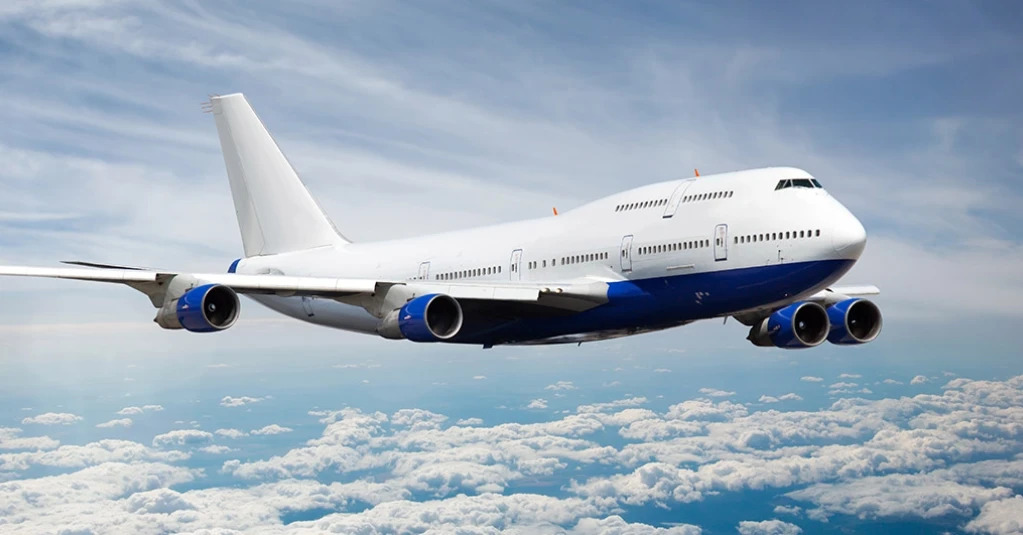
Too High
There are several difficulties that arise when an aircraft reaches overly high altitudes. Engine performance is impacted at higher elevations when air gets thinner. Here are the most common issues.
- Oxygen Supply: The reason airlines set altitude limitations is to make sure there is adequate oxygen available for all masks throughout the time needed to complete an emergency descent to a level (about 10,000 feet) at which there’s no need for oxygen masks anymore.
- Cabin Depressurization: Flying too high can cause cabin pressure loss, leading passengers and crew members, including pilots, to lose consciousness. When it occurs in under a minute, a fighter jet may easily roll over and descend straight back to a reasonable height. That being said, for a commercial airplane, it’s not that insignificant.
- Equipment Failure: Almost all contemporary airplanes are equipped with advanced computers that track parameters such as speed, outside air temperature, weight, wind direction and speed, and wing angle concerning the approaching wind. Suppose an aviator attempts to go over the suggested height and persist; the engines would run out of thrust, or their wings would stop.
Too Low
Though flying an aircraft too high might result in many terrifying events, flying an aircraft too low can also be extremely risky. At lower altitudes, there is a lot more general aviation activity, including smaller private and commercial aircraft and flying through poor weather systems located lower in the sky.
Another significant danger of low-altitude flying? Stumble over birds. The majority of bird attacks happen during landing and departure.
Frequently Asked Questions
Why Don’t Planes Fly Over The Atlantic Ocean?
They do. The misunderstanding might have its roots in the idea that there are neither airports nor places for emergency landings over open waters. But with backup plans, safe transatlantic flights are guaranteed by established air routes, sophisticated navigation systems, and laws.
Will Planes Fly Higher Over Ocean Than Land?
Yes. This rise in height over the ocean results in increased fuel economy since it enables airplanes to fly at higher cruising altitudes in the thinner air. It also improves safety and navigational flexibility for long-haul flights across large maritime stretches.
See more: How High Can A Helicopter Fly?
The Bottom Line
The altitudes at which aircraft operate should balance efficiency, safety, and engineering. All airplanes must follow the law to avoid unwanted incidents when they fly too low or too high. If you still have any questions about aircraft, don’t hesitate to reach out; we’re all ears!

